Project Blog
April
May
June
July
Inspiration
Moodboard

This moodboard is based on the colour scheme and aesthetics the 2D side of my project will be based on, the illusion created with the black lines against the white to create the flat space within the 3D world is something I want to try and recreate. The contrast between the black and white space against a full textured and coloured 3D space will be the focus of many of my prototypes.
Currently, there are a few works that have been the primary influence in how I create my project and the ideas behind it. Dear Esther and The Witness are games that revolve around the concept of a non-euclidean space, and I have been looking at how they use interactive narrative and try to involve the environment in the story. Aesthetic and style play an integral part in how I am attempting to bring 2D into my game. I have been looking at the games Antichamber and Sacramento and how they involve the two-dimensional form with the third-dimensional form. As these are all games that will help me immensely in creating my game, I have also been researching physical works that have played with bringing the two dimensions together, such as the 2D Cafe in Seoul.
2D Cafe



One of my original inspirations around the design, idea and initial aesthetic of my game derived from 2D cafes. One that I mainly looked at is the café in Seoul, South Korea. The interior of the café has been described as a place that makes the customer feel as if they have stepped into a cartoon. The artistic design was inspired by a very popular Korean Drama called W (Two Worlds) which has also been an inspiration for me through the art and the uncanniness within the drama. The design of the café creates a 2D optical illusion, something that I would like to emulate within my game. Within the café, everything from the furniture and walls to the cups and cutlery all has the same black and white comic style design to look like flat drawings and create the 2D optical illusion.




Antichamber


Antichamber is a first-person puzzle-platform game. The puzzles within the game are based on what can happen within 'impossible objects' such as passages that lead the player to different locations depending on which way they face, and structures that would normally seem impossible within a normal three-dimensional space. The game uses elements of psychological exploration mainly through the passing advice given to help the player figure out the solutions to the puzzles along with proverbs for real life.


Dear Esther

Dear Esther is a first-person exploration and adventure game. It uses a minimalistic approach for game-play, focusing on the objective of the game around exploring an island while being narrated a series of letters to the characters deceased wife Esther. Details unravel about her death as the player roams the island. It is a game that causes the player to form their own conclusions of the story.


Manifold Garden

Manifold Garden is a first-person puzzle game where the player navigates abstract structures that appear to repeat infinitely while solving a progression of puzzles. Set in a "universe with a different set of physical laws" the player has the ability to manipulate gravity which aids the player to solve puzzles using the world's geometry.
The world's colour scheme design uses six colours to aid the player depending on which direction they have manipulated gravity. Parts of the game's world may only be interacted with when the player directly orientates its gravity.


Manifold Garden appears to repeat infinitely in all directions. Many of the game's puzzles revolve around the world layout, from falling off a ledge from a lower structure to then landing on top of the next part of the structure below. Puzzles further in the game attempt to bring back elements of the "sterile" world through growing trees and other natural elements.
Sacramento
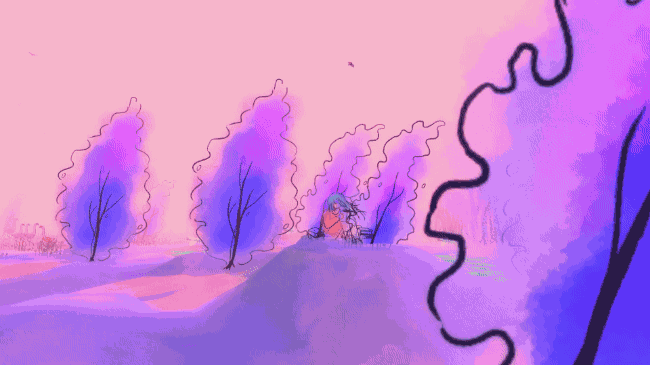
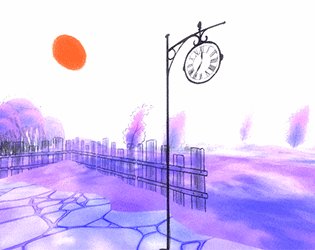
Sacramento is a game about capturing memories before they fade. The creator of the game Dziff describes Sacramento as ephemeral and uncanny. The player walks around the surreal landscape that uses both animated and static 2D illustrations within a 3D open-world space. As the player roams, flashbacks of moments the creator experienced on a train journey across the US is shown for a fleeting moment before the player continues roaming. The scenes depicted by the creators' real-world experience is not intended to be literal, instead, it is about the 'impressions of these ephemeral places that leave you these sweet pictures in the back of your mind'.




July
To Do
-
Concept Images > House Layout. Sketches & Brainstorming
-
Overview of Timeline
-
Initial Furniture Modelling
-
Room Layout Mockup
-
Research Findings
-
What's Next > More Concepting, Modelling.
To start my project I have come up with a basic timeline to get ab idea of how long certain tasks may take. This is subject to change and refinement as the project goes along. Prototyping and the writing of the thesis will undoubtedly take the longest.

Full Timeline


Brainstormed ideas to start getting possible prototypes planned out. Prototypes will initially be based on the artefacts from the first semester that will be developed further and refined to fit the overall design of the game.
The interactive items will be the main focus, the prototypes that involve the environment will be used alongside the items to help produce the narrative.
From here I need to look at how I can involve the items and prototypes with possible narratives as I do not have a base storyline that I am looking at yet.



Basic house and room layouts. I am trying to keep it simple so the focus is on the interactive items/prototypes and also so it is easier for me to spend more time on areas that are needed such as modelling and prototyping.

To test my modelling skills I started with modelling a see of kitchen cabinets in Maya based on a quick sketch. For my models, I plan on creating them in a simple way so that they will be easier to use with prototypes and so they can be refined later on if I find that they work well within the game.




To get an idea of the space I wanted to create a mock-up layout of the rooms in Unity with basic shapes (cubes, cylinders, spheres) and previous items and prototypes that I created in the first semester.





Keeping the layout and room design limited allows me to narrow down on the objects both static and interactive that I will need to be modelled without overloading myself with unnecessary work.




By using basic shapes I was able to mock-up the general sizing of the objects compared to the player. Once objects are modelled I can easily replace them in place of the basic objects and spend less time having to figure out the sizing with every single object each time it is created.
With this layout, I can also see how the player is able to walk around in the space and interact with the objects.


Review & What's Next?
abc
August
I haven't modelled in a long time so I planned to start off easy to test my skills and familiarise myself with Maya again.

Starting with two different mug types, one with a smoother cylindrical shape and one with more ridges. I did two different types to experiment later on with the 2D textures.
To Do
-
Concepting > Small objects and furniture. Placement of objects within scenes
-
Review all current modelled objects
-
Review current and previous work
-
What's next > Prototyping
-
Case study research > The Portrait of Dorian Gray, Coraline, Alice in Wonderland

The ridge mug would show more dimension with the 2D texture, but until I get to the UV mapping stage I won't know what looks best visually. The UV mapping will be started after more models have been made.






Currently I have created two mugs, two different pots for plants, a chimney, two different roof tiles and also started working on a laptop.






As I work on objects, I have brainstormed their involvement in the overall game. The tiles and chimney are a part of the house exterior design. The laptop and mugs have the ability to be used as part of the interactive narrative. The pot plants can be used as the aesthetic based component in both 3D and 2D.
Review & What's Next?
abc
September
To Do
-
Prototype object changes > Sphere to square, Object with one texture to object with a different texture.
-
'Portal' Prototypes
-
UV Prototypes
-
Narrative brainstorm
-
Case study > Take on me (A-Ha), W -Two Worlds.
-
What's next > Prototype continuation
Over the next few months, there will be a focus on getting as much asset modelling done as I can so that prototypes can be fully worked on as well as being able to start piecing together the level of my game.


Carrying on with the laptop that I modelled in August I have completed it to a basic extent. I am trying to avoid being too detailed as it will add more work that takes over other important work. Some detail can be easily added through textures and materials to change it from a flat coloured object to one with more depth.




Up until now, I had very basic sketches for my models to go off, so this month I wanted to spend a bit of time working on the concepting stage. This helps me to visualise what I am trying to achieve as well as give a better insight into what my game models will look like.





For the concept images, I wanted to draw them in a way that incorporated both the 2D and 3D elements. I wanted to keep it basic and clear so I used full colour shaded backgrounds for the 3D aspect and an object or section in black and white without shading to give the illusion that it is a flat item within the 3D space.






In a previous work I did during my undergraduate studies, I used 'portals' to show a different place within a game through an open space. I felt that this idea would work well with bringing the 2D and 3D space together in which the player can travel through as well as being part of the aesthetics.
To do this the main component is using Unity's cameras in different areas and showing the view from the camera on a flat texture or plane. I wanted to test the idea on a smaller scale first to see if it works. I started with building a square room with flat 2D tree drawings on all sides. I had the idea of using the portals to create the illusion of another world that could be seen in windows and reflective surfaces like water, ponds and puddles.
I prototyped the portal idea using both the pond and window to start, creating very simple models so I can focus on the prototypes themselves and make sure they work.
There is a lot of work that needs to be done to get it looking clear and refined, but the overall idea works well and has a lot of potential to be used with the games narrative and general aesthetic.
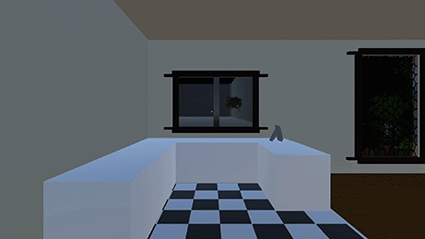
The window prototype needs a lot more work, but the basic idea I managed to visualise and works as I had intentioned. My plan is to use the portal prototype on either all windows or a few such as the kitchen and hallway windows. I also plan on creating a similar prototype within the opposite 2D world using the windows to show the 3D world through the flat window spaces.
I prototyped a few different 'switch' tests within Unity. I intend on creating a prototype where the texture of an object is replaced with a different one e.g. switching a 3D coloured texture (wood, fabric, etc) to a 2D black and white flat texture. To start I prototyped a square being turned to a sphere as well as a black door turning into a pink door when clicked.
A 3-minute presentation on my developing research practice. This is designed to be a snapshot that can be shown to the group where I am currently with my research practice. Much work included in my presentation is from the first semester during design practice one and two, as the work created then is the base for my game and the original prototypes that will be reused and refined as I progress.
October
This month I am starting to brainstorm the narrative within my game. The narrative is something that I haven't fully explored in previous works so it will be a constant work in progress and learning curve. I will also look into prototyping for the narrative and looking at prototypes in relation to my research question.
To Do
-
UV Objects
-
Model Large Items
-
Narrative Prototype
-
Surrealism Studies
-
Review of Timeline
-
Landscape/Terrain Modelling
-
What's Next >
Initial Brainstorms
Started with an initial brain dump of ideas I had in mind for my narrative. I broke it down into three parts, "who is the protagonist?", "why are they here?", and "why is the world like this?". Using these three questions I am able to brainstorm ideas relating to different important aspects of the game that I can refine and build upon as I develop the game.

"Who is the protagonist?" is about who the player is within the game. The character within the game needs a solid identity for players to relate to and understand the type of person they are playing as and gives more reasoning to the idea of the main narrative.

"Why are they here?" is about the game environment and landscape and the player's position within it (the reasoning behind why the player is in this location).

"Why is the world like this?" relates to the combined 2D and 3D aesthetics within the world and why it is not one or the other instead why it is a strange mix that relates directly to the character and the narrative.


Prototypes Linked to Research Question
How can I use a system of aesthetics to combine the two and three-dimensional forms in a game landscape and space through experimentation and proof of concept to explore the uncanny in bringing the unfamiliar into the familiar?
Aesthetics








Inspiration


Previous Prototype Examples
Semester One Work
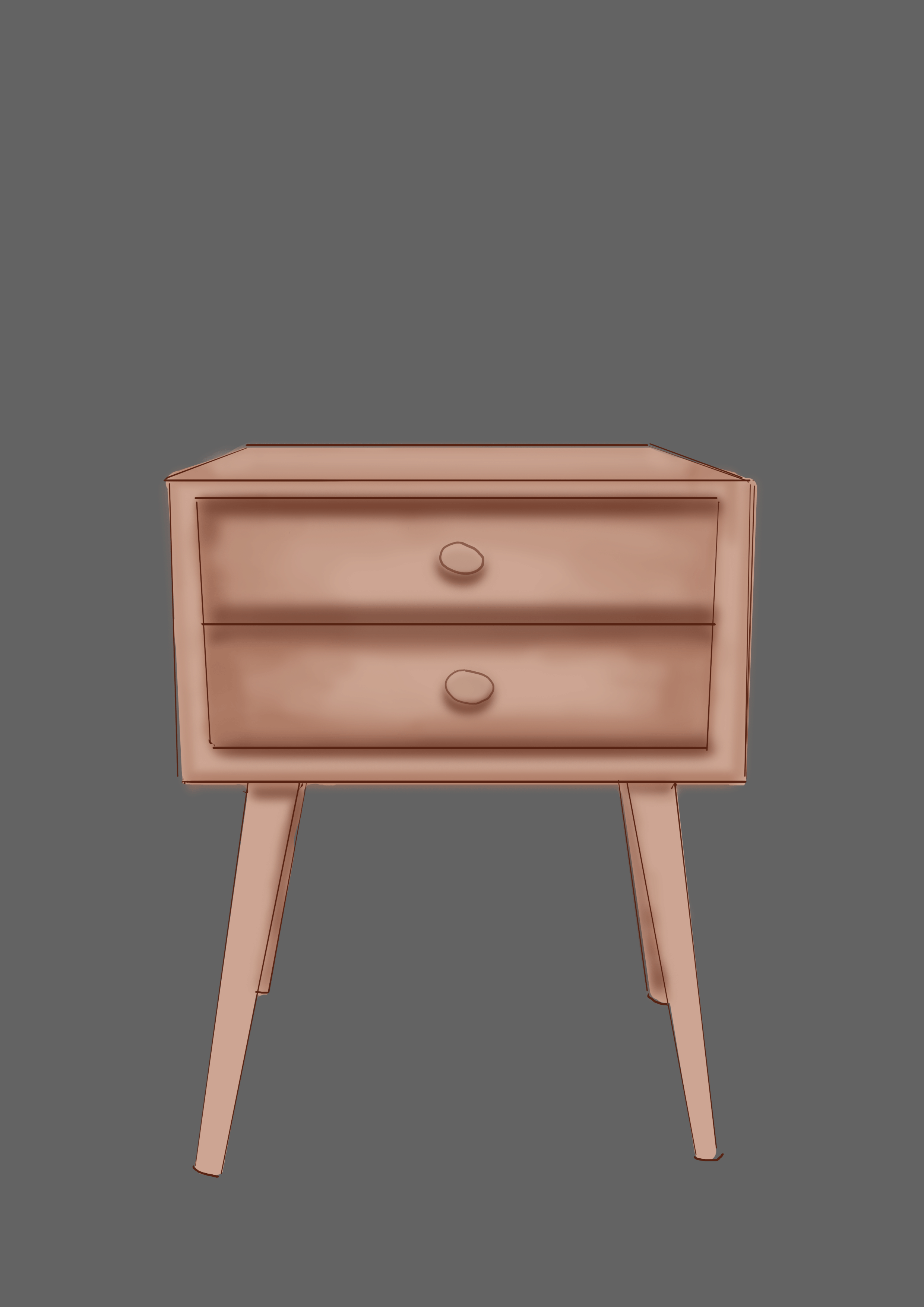
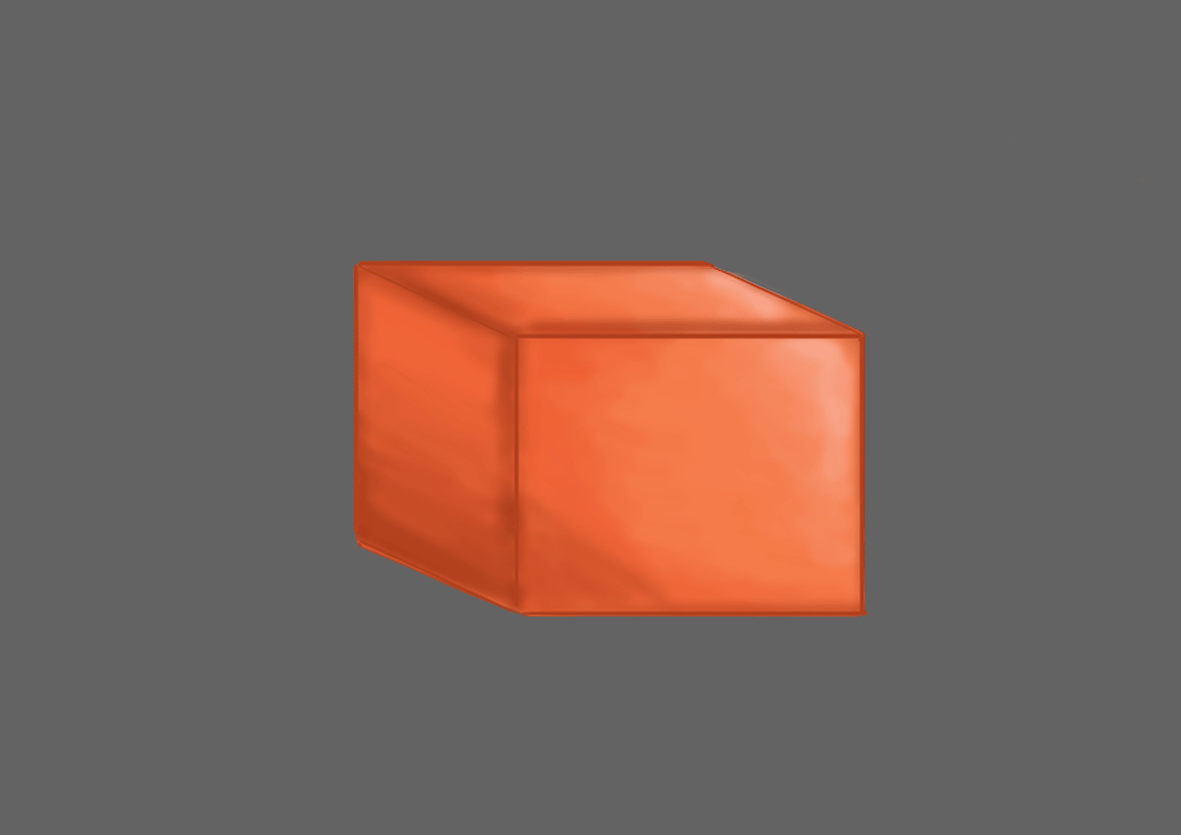
Uncanny/Surrealism
Semester One Work






Unfamiliar/Familiar
Previous Prototype Examples
2D/3D
Semester One Work





November
To Do
-
Abc


Avenir Light is a clean and stylish font favored by designers. It's easy on the eyes and a great go-to font for titles, paragraphs & more.




ABC abc



ABC abc



Narrative
-
Lost Memories
-
Pick up items tied with memories to regain memories that were lost or forgotten.
-
The dialogue pops up to describe memory, random dialogue moments throughout the players' exploration
-
Uncanny readings can be used as a basis for the narrative.
-
Possible idea: 1 main memory missing, unravelled through a collection of items. (Dear Esther inspired)
-
The narrative idea inspired by Sacramento and Dear Esther (combined). Sacramento > Capturing fleeting memories before they fade. Flashbacks of moments the creator experienced on a train journey. 'Impressions of these ephemeral places that leave you these sweet pictures in the back of your mind. Dear Esther > Narration of a series of letters to the character's deceased wife. Details unravel about her death as the player roams the island. Causes the player to form their own conclusions of the story.
December
To Do
-
Abc

Trialling how I make the textures for the 2D objects will take a little time. Once objects are modelled I need to look at the shapes of what will be needed to create the 2D illusion. I mocked up a few shapes in photoshop to get an understanding of how I might create it digitally. The UV map needs a lot of work and I plan on trialling what the UV map would look like with hand-drawn lines rather than sharp lines done digitally. That way I can see what would work best for each object and proceed to texturing some of the models I am looking at for the 2D world and 2D switching.
Narrative
-
As player roams, character talks to themselves. Starts more erratic and jumbled, as memories are found starts to become more coherent sentences. Based on the writing of the Shatter Me Series by Tahereh Mafi > Repeated words and sentences, crossed out words and thoughts. Becomes less as the story goes. Supposed to be erratic like the main character and a visual representation of her mind.


Excerpts from chapter one of Shatter Me by Tahereh Mafi



January
To Do
-
Abc
Avenir Light is a clean and stylish font favored by designers. It's easy on the eyes and a great go-to font for titles, paragraphs & more.
February
To Do
-
Audio Brainstorm
-
Exterior and Terrain Concepts
Audio Brainstorm

Avenir Light is a clean and stylish font favored by designers. It's easy on the eyes and a great go-to font for titles, paragraphs & more.
March
To Do
-
Forest Paths Method for Narrative Brainstorming
-
Literature Review Outline
The Forest Paths Method - Narrative Brainstorm

Avenir Light is a clean and stylish font favored by designers. It's easy on the eyes and a great go-to font for titles, paragraphs & more.
Literature Review Outline
Research Question: How can I use a system of aesthetics to combine the two and three-dimensional forms in a game landscape and space through experimentation and proof of concept to explore the uncanny in bringing the unfamiliar into the familiar?
Topic: To bring the 2D and 3D aesthetic/art style into a single game landscape and space using the uncanny.
Thesis Statment: Creating games comes with one initial choice that starts before basic conceptualisation; will it be designed and built in 2D or 3D?
Main Ideas:
-
The Aesthetics
-
Using the two and three-dimensional forms in a game
-
The Uncanny
-
Introduction/Context
a. 2D or 3D? The aesthetic evolution of games has become a major point in games and has been the cause of merging the two visualisation strategies
b. Define key terms - the uncanny,
-
The Aesthetics
a. Regularly conceptualised based on the designer's influences and inspirations
b. Colour and level design are two vital aspects in determining the game's overall aesthetic
c. Using colour contrast and positive and negative space which will be relative to the 2D visuals.
-
The potential of combining/merging the 2D and 3D forms within games has been studied to an extent due to lacking aesthetics game studies (cite source), there is a wide range of possibilities around how designers can do it.
-
Using the two and three-dimensional forms in a game
a. Forging a new relationship between 2D and 3D, and how games have attempted it before
b. How other mediums such as film and animation; ie. anime, have combined the two dimensions visually.
-
The Uncanny/The Strangeness
a.
Notes
The research question needs work, more defining and less wordy.
The thesis Statement needs work, very weak currently.
Level Design Mood Board

ABC
Level Grey Boxing

Inspiration
To Do
-
Abc
Testing out terrain




















